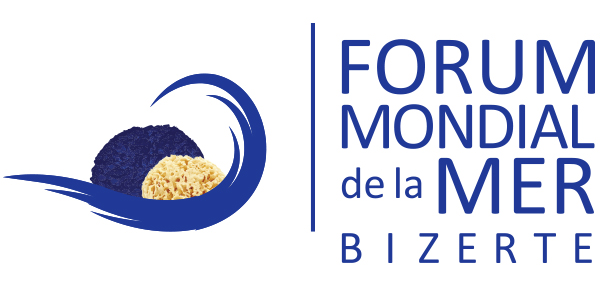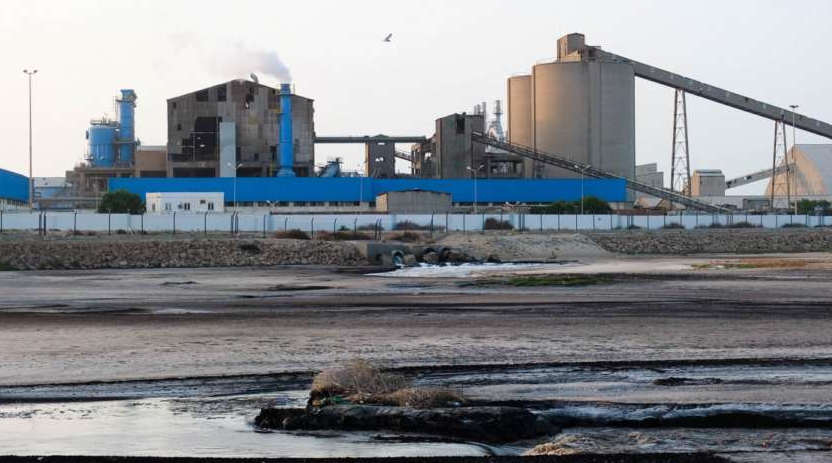Tunisian phosphogypsum does not present a direct risk of toxicity to the environment or human health, according to the conclusions of the scientific committee tasked with its study. However, its prolonged discharge into the sea poses a serious threat to the marine ecosystem, experts warned during a scientific day held on Wednesday at the headquarters of the Assembly of the Representatives of the People (ARP) in Bardo.
In a statement to the TAP agency, the president of the scientific committee, Imam Aloui, also a chemistry professor at the University of Gafsa, specified that the natural radioactivity of Tunisian phosphogypsum is 270 becquerels per kilogram (Bq/kg), which is much lower than the 1,000 Bq/kg standard set by the International Atomic Energy Agency (IAEA), and lower than levels found in other producing countries.
The research conducted over eight months, supported by the analysis of 170 scientific publications, revealed very low or negligible concentrations of arsenic, lead, and mercury. Indeed, Tunisian phosphate naturally contains little or no heavy metals. Tunisian phosphogypsum is mainly composed of calcium sulfate dihydrate (96%), with traces of metals such as cadmium, lead, and mercury, and some rare earth elements.
A Concerning Marine Impact and Urgency to Act
The scientific committee recommends an immediate halt to the sea dumping, which has been occurring since the late 1970s. This continuous discharge, particularly in the Gulf of Gabès, seriously threatens ecological balance due to the accumulation of insoluble impurities after the gypsum degrades. According to the committee’s figures, about 2.8 million tons of phosphogypsum were discharged into the sea in Gabès between 2011 and 2023.
In addition, 1.6 million tons are stored in Skhira (Sfax) and 0.6 million tons in Mdhila (Gafsa). Scientists recommend reclassifying phosphogypsum as a byproduct rather than a waste, and encouraging its economic valorization in sectors such as construction materials, road construction, cement production, and even agriculture (soil improvement). However, they stress the need for storage solutions that comply with standards to protect coastal areas and for gradual valorization due to the large volumes to be processed.
Environmental Issues and Social Justice
Present at the meeting, the president of the Parliamentary Commission on Industry, Energy, and the Environment, Chokri Ben Bahri, emphasized the desire to reach a balanced national decision between economic development, environmental justice, and the rights of local populations. “We are not against development, but it cannot come at the expense of the environment,” he said.
“Since the 1970s, factories have not taken responsibility for the pollution suffered by neighboring communities. Beach erosion, diseases, air and water pollution, heavy metal leaks, and radiation have marked decades without justice being served.”
It is worth noting that on March 5, 2025, the Presidency of the Government officially approved the removal of phosphogypsum from the list of hazardous waste, reclassifying it as a reusable material.




